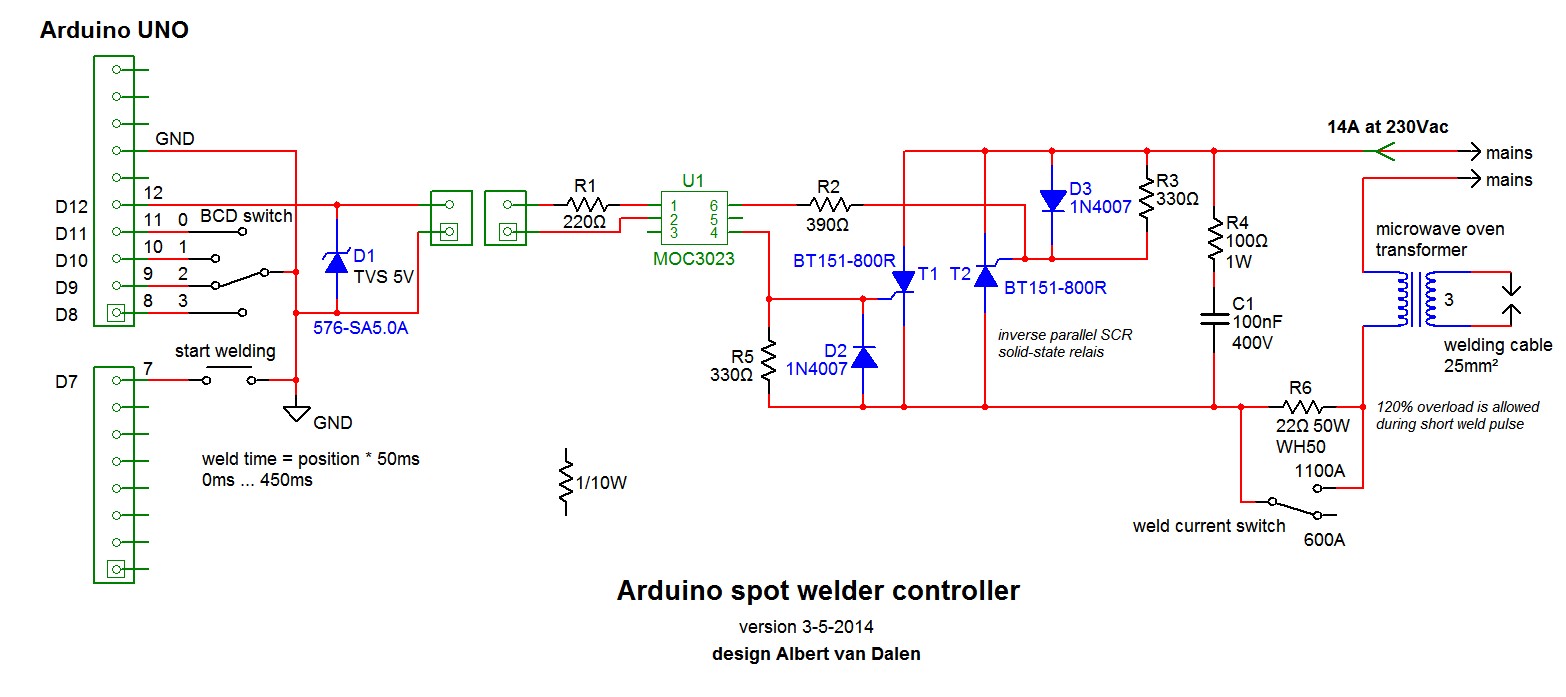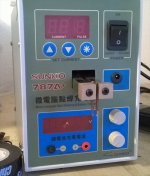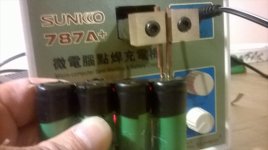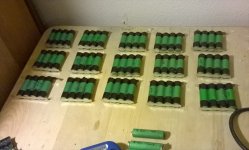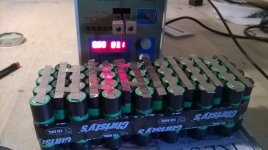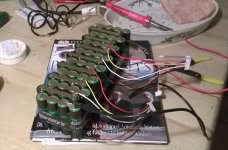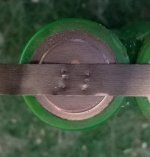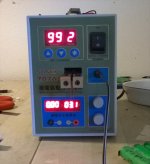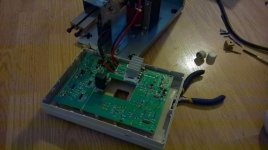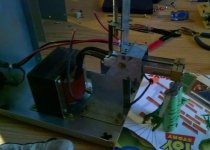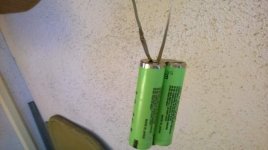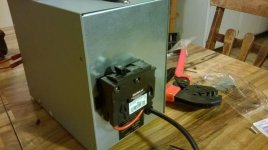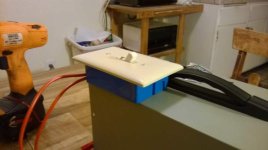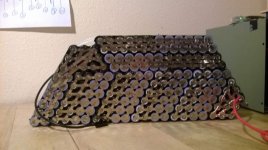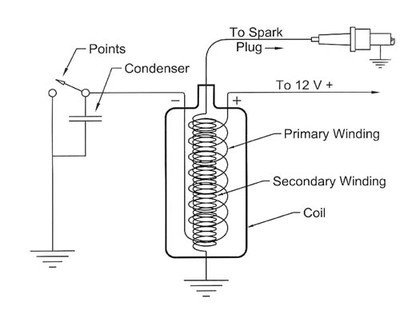Hillhater
100 TW
circuit said:. If we are talking about primitive DIY welders, then capacitive is better.
..... it is made of two "car audio" 1.5F caps, 10 massive mosfets, proper driver, etc..
...... requires some real knowledge and attention to details.
What happened to this..
..and this..Jonathan in Hiram said:.... but Jeremy's spot welder is brilliant in its simplicity.
Other than a car audio capacitor and a variable power supply that goes to about 19 volts, this is it, there's only three parts in that box and only one of them is more than five bucks or so.
http://www.ledhacks.com/power/battery_tab_welder.htm
I can understand a refined CD welder ( mosfets, adjustable controls, programmable, etc etc).. may be complex and expensive, ..but does a basic hobby tool need to be ???



